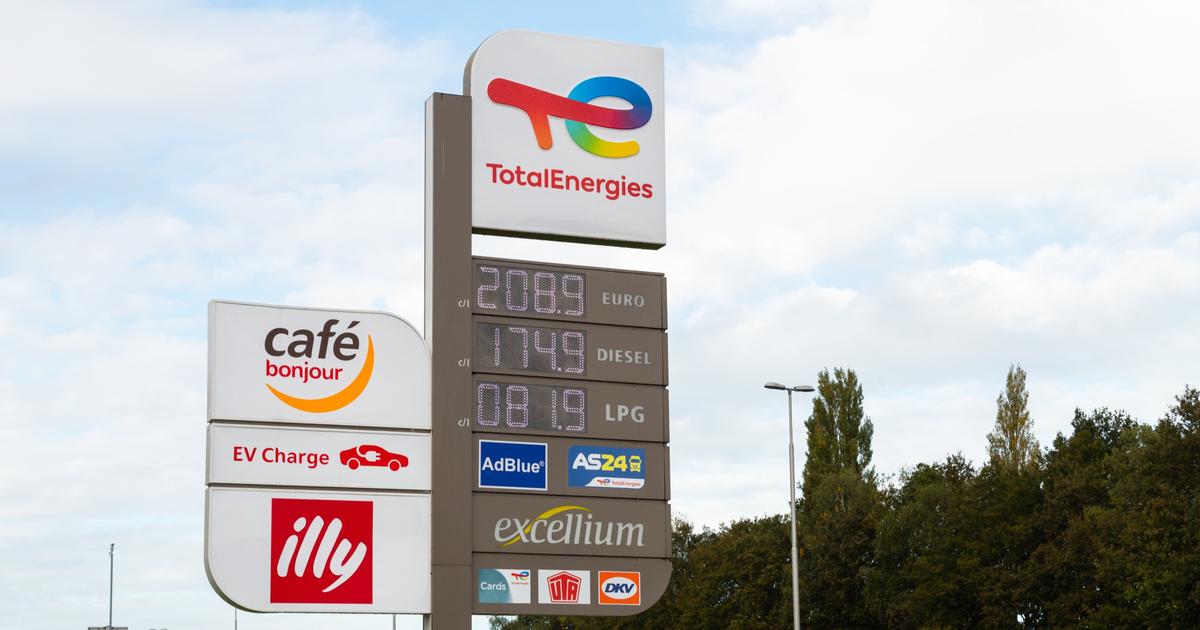[London, 16th Reuters]-The attack on a major oil facility in Saudi Arabia damaged the world's largest refining plant, raising crude oil prices for the first time in about four months.
The impact of this situation on crude oil supply and production capacity will be explained in Q & A format below.
Q: Why is an attack on the Saudi facility a destructive factor for the world's crude oil supply?
A: Not only has Saudi crude oil production halved, but the production capacity that can be used in the event of a major hindrance to the global supply of crude oil has been almost lost.
The attack reduced Saudi crude oil production by 5.7 million barrels per day. This is equivalent to over 5% of the world supply. At the same time, Saudi's surplus production capacity of over 2 million barrels, which could respond to emergencies, was limited.
For many years, Saudi Arabia was the only major producer with large additional production capacity that could quickly fill in a supply shortage caused by wars and natural disasters.
In most other oil-producing countries, there is no room to put it out of service after exploring oil fields and developing the relevant infrastructure.
According to estimates by the International Energy Agency (IEA), the supply capacity of the Organization for Petroleum Exporting Countries (OPEC) was 32.11 million barrels a day before the attack. Of this, Saudis accounted for 2.27 million barrels, the rest being only 940,000 barrels. The majority is between Kuwait and the United Arab Emirates (UAE), and there is some room in Iraq and Angola. These oil-producing countries may increase production to fill some of Saudi's deficits, but not enough.
Q: Isn't it okay if OPEC member countries and non-member oil-producing countries that are reducing production simply start to increase production?
A: Certainly, OPEC member countries and non-member oil-producing countries such as Russia continue to reduce production in order to prevent price declines because the crude oil market is oversupplied.
The goal of these oil producing countries is to reduce crude oil supply by 1.2 million barrels. However, Saudi has played a major part in the reduction of production, so the policy of coordinated reduction cannot be changed immediately. Non-member oil producing countries such as Russia are currently approaching their capacity limits, so additional production will be at most 100,000-150,000 barrels.
Q: How about Iran?
A: Although Iran has production capacity, it can hardly be supplied to the market due to sanctions imposed by the Trump administration. Since April, Iran's crude oil exports have declined by over 2 million barrels.
The US government claims that Iran is behind the attack on the Saudi facility. The United States is unlikely to move to alleviate sanctions that would allow Iran to make up for the supply shortage that seems to have been caused by Iran.
On the other hand, the Iranian side says that if it can ease sanctions, it will embark on maximum production.
Q: Can Venezuela increase production?
A: US sanctions include the Venezuelan oil industry. However, Venezuela's crude oil production has been declining for many years, and even if sanctions are eased, the state-run oil company PDVSA is not expected to increase sufficiently.
Q: Is it possible for the US shale industry to increase production?
The United States has become the world's largest oil-producing country due to continued rapid supply expansion from the shale industry. The presence as a crude oil exporter is also increasing, and shipments to the international market in June exceeded Saudi Arabia.
Shale companies can increase production quickly when prices rise, and new production systems can be prepared in months. Compared to most traditional oil production methods, it can respond much faster.
If Saudi production stops longer and crude oil prices rise significantly, shale traders will increase production. However, since the utilization rate of US port facilities has already reached nearly 100%, the export volume will be restricted even if the production increases.
Q: What will happen in the future? Also, what is the inventory trend?
A: It all depends on how long the supply suspension period lasts. Saudi, the US and China all have hundreds of millions of barrels of strategic oil reserves, which can be released in response to demand to keep oil prices from jumping. US President Trump approved the release of US strategic oil reserves if necessary.
The IEA advises all member states to stock up 90 days of net imports.
However, as stockpiling declines and there is a possibility of tight supply and demand, market price movements are likely to become unstable.
“We are extremely oversupplied,” said JP Morgan's head of oil and gas research in Europe, the Middle East and Africa. He pointed out that it would take five months to bring the supply back to the average level over the past 40 years. On the other hand, he added, “The market brought a new and irreversible risk premium”.
Q: What happens when a new supply interruption occurs?
A: Since there is no more production capacity, future supply disruptions will push up crude oil prices. If prices rise for some time, producers become more willing to invest and increase production, while consumption will decline.
Libya, an OPEC member, is in danger of continuing crude oil production in the midst of the civil war. If a major new supply disruption occurs in Libya, the shock will increase and the absence of production capacity will be highlighted.
Nigeria's exports of crude oil have never stopped.
Even before the attack on the Saudi facility, production capacity had declined. Consulting firm Energy Asspects expects OPEC's production capacity, which was 2 million barrels in the second quarter this year, to fall below 1 million barrels in the fourth quarter.














